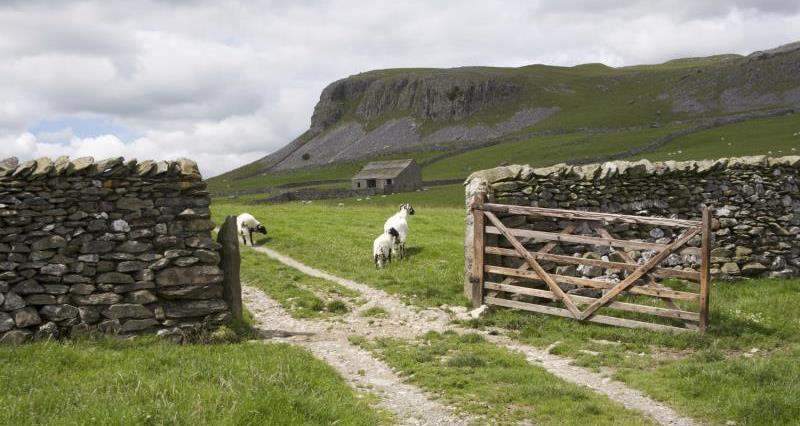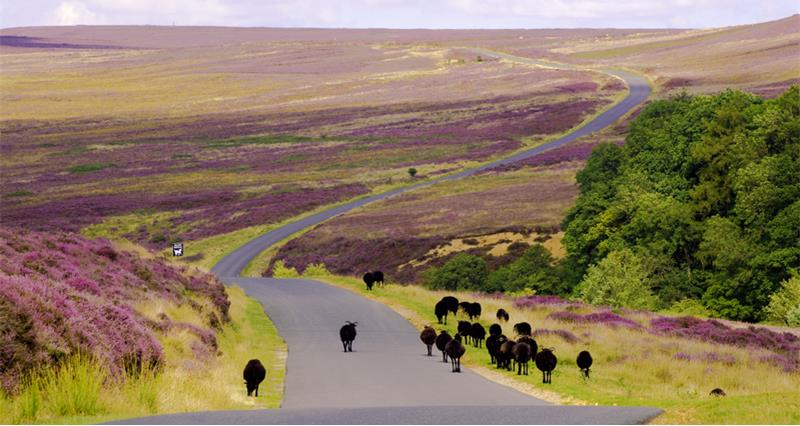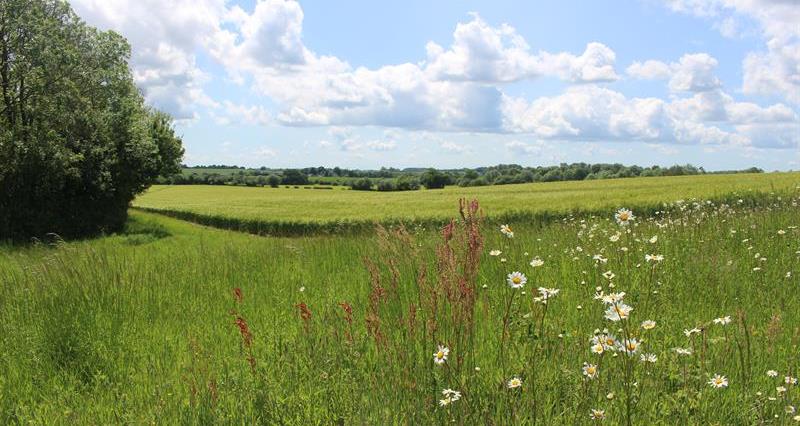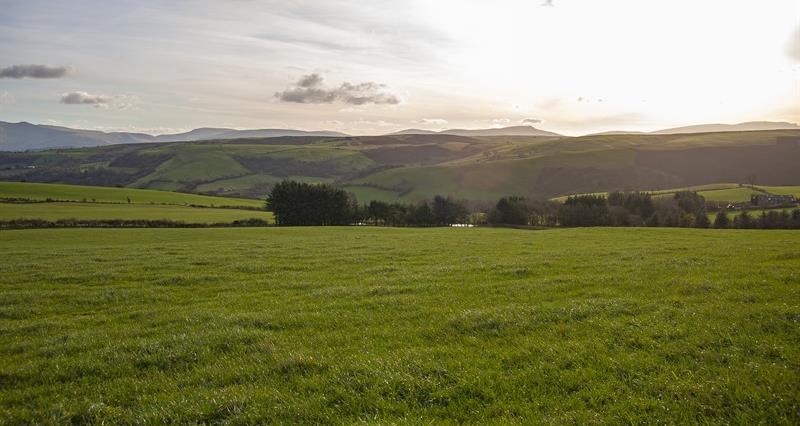In 2020 the government outlined its commitment to protecting 30% of the UK’s land and sea by 2030 (30by30). This was adopted internationally at the 2022 Biodiversity Summit COP15 and forms part of the Global Biodiversity Framework. Scotland, Wales, and Northern Ireland will set out their approaches to delivering this target separately.
In December 2023, Defra published its draft approach to delivering 30by30 on land in England. Subsequently, Defra has worked with stakeholders, including the NFU, to develop and publish the finalised criteria and next steps.
The recent announcement sets out what land already contributes towards the target, the criteria for new land to contribute and what next steps government will take.
30by30 contributions and criteria
SSSIs (sites of special scientific interest) in favourable or unfavourable recovering condition, public woodland under favourable management for biodiversity, and National Nature Reserves are already contributing towards 30by30. This equates to approx. 7.1% of England. Therefore, the government is looking for another 22.9% of land which could meet the criteria and contribute to 30by30.
Land will need to meet the purpose, protection, and management criteria requirements before it is assessed to see if can contribute to 30b30. Areas with certain land uses such as intensive farming will be excluded from contributing, the verges and margins surrounding these land uses may still be able to count.
To meet the 30by30 criteria, land does not need to have a statutory protection (e.g. SSSI), however the habitat created as a result of 30by30 could lead to legal protections being put in place.
NFU input into the development of the criteria has helped to ensure that nature friendly farming may be able to help deliver 30by30, that new 30by30 contributions are voluntary for landowners and land manager, and that the government are exploring incentives such as ELMs to support landowners and land managers contributing to 30by30.
Next steps
The government will work with stakeholders including farmers and landowners to finalise the 30by30 criteria and develop the 30by30 delivery strategy, assessment and reporting requirements, and the full 30by30 guidance.
These next steps will be tested through 30by30 pilots which commence in late 2024. The NFU is interested in exploring how we could help members be involved in the pilots and has expressed our interest in this to government. If NFU members would like to explore how they could be involved in 30by30 pilots, please get in contact: nfuenvironment@nfu.org.uk.
It is vital that the government works with farmers and landowners in the delivery of 30by30 to prevent any negative implications on farm businesses and food production.
The NFU will continue to engage with government to ensure that the important role of farming and food production is recognised and supported in 30by30.



